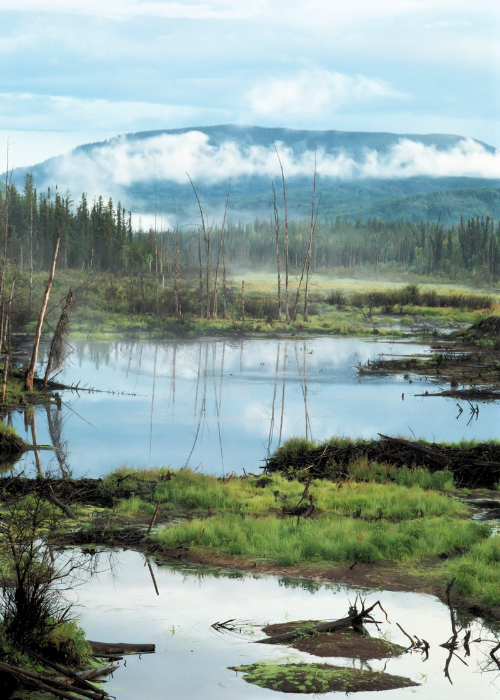MENUMENU

Research > Scientific Contributions
Stentella R., Cislaghi A., Rossi L.M.W., Giupponi L., Bona E., Zambonardi A., Rizzo L., Esposto F., Bischetti G.B.
Constructed wetlands (CWs) are effective and sustainable engineered systems for domestic and/or municipal wastewater treatments. In the last half-century, CWs have become common solutions for small communities in remote mountainous areas. However, cold climate in mountain environment often causes a significant reduction of the pollutant removal performance compared to warmer environments. Therefore, in the present study, we aim to support build consensus on the best design practices for CWs in mountain environments. A meta-analysis of the scientific literature focusing on the CWs in cold climate was conducted. Meanwhile, several monitoring activities (chemical analysis on wastewater and treated water and analysis of changes in the plant communities) were carried out on 6 CWs observing the different conditions between immediately after the construction and 2–7 years later. The results showed an encouraging agreement between scientific studies and observations from the monitored case studies. Lack of plan space, low temperatures and supply meteoric inflows prompted the engineers, in the case studies, to design systems composed of septic tank and horizontal subsurface bed. Such a solution showed a good treatment efficiency (removal rates were more than 60% for most pollutants) in a harsh mountainous environment. A significant difference was evident in the choice of plants. Although the common reeds (Phragmites australis) remain an excellent solution, in plain and hilly areas, planting of tufted hairgrass (Deschampsia cespitosa) ensures similar average performance but is more suitable for the mountain ecosystems. In conclusion, the present study proposes technical and engineering recommendations and a sort of ecological design to increase wastewater treatment efficiency and adapt the systems to a natural and cold environment.
